Wohoo! My ADHD book won the GOLD!
Posted on April 17, 2017 by Debra Burdick
I am sooo excited and delighted that my book, ADHD: Non-medication Treatments & Skills for Children and Teens won the GOLD award in psychology in the 29th annual 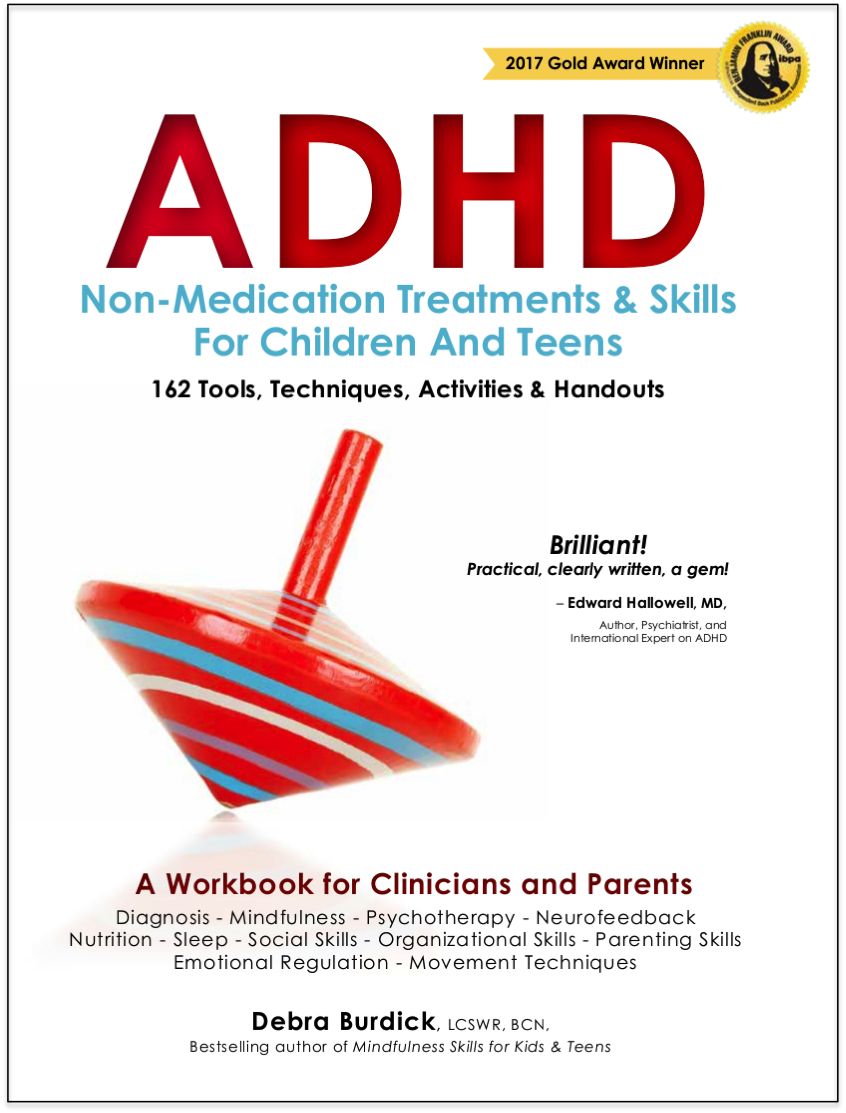 Benjamin Franklin awards.
Benjamin Franklin awards.
Over 150 librarians, booksellers, and design and editorial experts – most of whom have decades of book industry experience – judge the books submitted to the IBPA Benjamin Franklin Awards™. And my book won the gold!! Yes, I know I said that already. Just thrilled, that’s all.
From close to 1,400 entries, one gold winner (my book) was named in each of fifty-five categories (mine won the gold in Psychology). Silver winners were also named in each category. For nearly 30 years, the IBPA Benjamin Franklin Awards™ have been regarded as one of the highest national honors for small and independent publishers.
It feels amazing and awesome to have my work recognized and validated!
The truth is that there is a darn good reason why this book won the gold! This is an amazingly helpful book. Everyone who parents a child or teen with ADHD or who counsels, coaches or teaches a child or teen with ADHD will undoubtedly find something incredibly helpful in this book and should have their own copy.
To find out more about the book check out this video.
** Check out the Concentration Summary below the Table of Contents for 10 great ways to improve concentration.
Bonus: There is a link printed in the book that gives you a free pdf download of all the worksheets in the book so you can print them out and use them.
Here’s what’s in the book:
ADHD: Non-medication Treatments & Skills for Children and Teens A Workbook for Clinicians and Clients with 162 Tools, Techniques, Activities and Worksheets
Table of Contents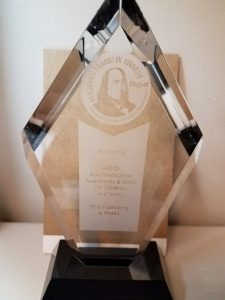
Section I
Introduction
Introduction:
Chapter 1: Why This Book Is Needed.
What’s Different About This Book?
How to Use This Book
Section II
Assessment and Diagnosis
Chapter 2: Tools for Making an Accurate Diagnosis.
Tool 2-1: DSM-5R Diagnostic Criteria
Tool 2-2: Structured Intake Assessment
Tool 2-3: QEEG
Tool 2-4: TOVA and IVA
Tool 2-5: ADHD Neurobiology and Brain Imaging
Tool 2-6: ADHD: Executive Function Dysregulation
Tool 2-7: ADHD Mimics and Contributors
Tool 2-8: Comorbid Disorders
Section III
Tools for Tracking Progress
Chapter 3: Track Treatment Progress: Set the Stage for Success.
Tool 3-1: Define Treatment Goals
Tool 3-2: Symptom Tracking
Section IV
Psychotherapy for ADHD
Chapter 4: Tailoring Psychotherapy for ADHD.
Tool 4-1: Confidentiality, Engagement and Buy-In
Tool 4-2: Guidelines for Sessions with Children and Teens with ADHD
Tool 4-3: What Works and What Doesn’t For ADHD
Tool 4-4: Ingredients of Effective Psychotherapy Sessions
Section V
Skills to Manage and Improve ADHD Symptoms
Chapter 5: Tools for Emotional/Behavioral Regulation.
Tool 5-1: Improve Self-esteem, Depression, Anxiety
Tool 5-2: Replace Those ANTs (Automatic Negative Thoughts)
Chapter 6: Tools for Improving Core Symptoms of ADHD.
Tool 6-1: Improve Concentration
Tool 6-2: Tame Hyperactivity and Impulsivity
Chapter 7: Parenting Skills Tailored for ADHD.
Tool 7-1: Parenting Skills
Chapter 8: Tools for Teaching Social Skills.
Tool 8-1: Why Teach Social Skills?
Tool 8-2: Mindful Greeting
Tool 8-3: Let’s Listen Game
Tool 8-4: Role Play Game for Social Skills
Tool 8-5: Play Dates for Social Skills
Chapter 9: Tools for Improving Organizational Skills.
Tool 9-1: Systems for Organizing Time, Space and Activity
Tool 9-2: Site of Performance Skills and Systems
Tool 9-3: Headphones
Section VI
Treatments That Improve Self-Regulation
Chapter 10: Neurofeedback.
Tool 10-1: Neurofeedback and the Treatment Process
Tool 10-2: How to Become a Neurofeedback Practitioner
Chapter 11: Mindfulness Skills for Children and Teens with ADHD.
Tool 11-1: Define Mindfulness
Tool 11-2: Connect Mindfulness Research with Benefits for Client’s Condition
Tool 11-3: Mindfulness of Intention for ADHD
Tool 11-4: Basic Relaxation Breath
Tool 11-5: Mindfulness of Surroundings
Tool 11-6: Mindfulness of Task
Tool 11-7: Body Scan for Children and Teens
Tool 11-8: Balancing Chips Game
Tool 11-9: Mindful Movement
Tool 11-10: Meditation for Concentration
Tool 11-11: Core Practice
Tool 11-12: Mindfulness Glitter Bottle
Tool 11-13: Changing the Channel
Tool 11-14: Bring Attention To The Present Moment
Section VII
Complementary Therapies
Chapter 12: Coaching.
Tool 12-1: ADHD Coaching
Chapter 13: Frontal Lobe/Working Memory Training.
Tool 13-1: Brain Gym™
Tool 13-2: Interactive Metronome™
Chapter 14: Vestibular/Cerebellar Exercises.
Tool 14-1: Sensory Integration Therapy
Tool 14-2: Learning Breakthrough Program™
Chapter 15: Movement to Optimize Brain Function.
Tool 15-1: Movement Techniques for ADHD
Chapter 16: Calming the Arousal State.
Tool 16-1: Physical Body Work
Section VIII
Environmental Influences
Chapter 17: Effects of Screen Time on Attention.
Tool 17-1: Assess and Limit Screen Time
Chapter 18: Environmental Toxins.
Tool 18-1: Second-hand Smoke
Tool 18-2: Lead Poisoning
Tool 18-3: Chemical Sensitivity
Section IX
Nutrition for the ADHD Brain
Chapter 19: Common Food Sensitivities May Mimic or Increase ADHD Symptoms.
Tool 19-1: Is Sugar the Culprit?
Tool 19-2: Food Additives
Tool 19-3: Reading Food Labels
Tool 19-4: Food Allergies/Sensitivities
Chapter 20: Healthy ADHD Diet.
Tool 20-1: Common Mineral and Fatty Acid Deficiencies
Tool 20-2: Optimal Diet for ADHD
Tool 20-3: Supplements/Nutraceuticals
Section X
Sleep and ADHD
Chapter 21: Assess and Improve Sleep.
Tool 21-1: The Impact of Sleep on ADHD and Vice Versa
Tool 21-2: Setting Up the Bedroom
Tool 21-3: Getting to Bed on Time
Tool 21-4: Staying in Bed
Tool 21-5: Falling Asleep
Tool 21-6: Getting Up in the Morning
Section XI
Strategies for Success at School
Chapter 22: School and ADHD.
Tool 22-1: Getting the School Involved
Tool 22-2: Organizational Strategies for Homework
References
Here’s a sample from the book – a summary of some great ways to improve concentration. Each of these topics is explored in more detail in the book. Remember, there is a link printed in the book that provides you with a free pdf of all the worksheets in the book so you can print them out and use them with children and teens.
Improve Concentration – Summary
Environment:
- Set up a distraction- free homework space
- Simplify and eliminate the stuff in the bedroom
- Limit distraction from the TV, computers, tablets, phones and traffic from other family members
- Request a distraction- free environment at school and at work
Headphones or Earbuds:
- Wear headphones or earbuds while doing a task to reduce distractibility
- Use headphones with or without music to block out sound
Determine Attention Span:
- Figure out how long you can hold your attention to tasks by setting a timer when you start a project or homework and notice how much time has passed as soon as you realize you are distracted
- Divide tasks into chunks that did not exceed this time and use an alarm to alert you to take a short break
Alarms and Timers:
- Use tools such as alarms and timers and apps to help stay on task
Distractibility Delay:
- Write down distractions when they emerge as opposed to impulsively acting on them
Mindfulness Skills:
- Learn and practice mindfulness skills that teach the brain to stay focused
Neurofeedback:
- Use Neurofeedback to improve concentration
Complementary Therapies:
- Get regular exercise
- Work with an ADHD coach
- Incorporate Brain Gym movements into your day
- Use Interactive Metronome to improve timing
- Assess Sensory Integration issues and treat if present
- Use massage, chiropractic, acupuncture for general calming
Sleep:
- Figure out if you are getting enough sleep
- Remove activities from bedroom
- Go to bed and get up at the same time every day
- Use an alarm to remember to get to bed on time
Zinc and Ferritin:
- Test for zinc and ferritin deficiencies
- Consider supplementation if low
Here’s what others are saying about the book:
“A brilliant, practical compendium of tools, resources, ideas and techniques to help children who have ADHD without using medication. Well-researched and clearly written, this book is a gem!” —Edward Hallowell, MD, author, psychiatrist and international expert on ADHD
“Medication which should be a last resort for kids with ADHD, has become the first and often the only offered treatment. This speaks to the crucial importance of Debra Burdick’s latest book, ADHD: Non-Medication Treatments and Skills for Children and Teens. The book offers 162 techniques, tips, activities and resources that can be used instead of medication to manage and moderate the worst ADHD symptoms. I highly recommend this book for parents, either dealing with a new ADHD diagnosis in a child or for those who wish to try another option other than medication.” —Dale Archer, MD, psychiatrist and NY Times bestselling author of Better Than Normal and The ADHD Advantage
Get your copy here! ADHD: Non-medication Treatments and Skills for Children and Teens
I would love to hear your personal experiences with this topic.
Categories: ADHD, Articles, Mindfulness, Neurofeedback, Parenting, Products, Psychotherapy, Self Regulation, Sleep
Tags: ADHD, ADHD and sleep, adhd treatment, concentration, How to fall asleep, Mindfulness, neurofeedback, Sleep

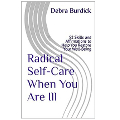
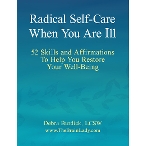
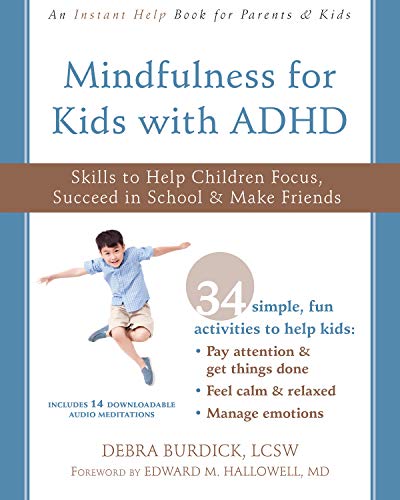
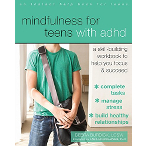
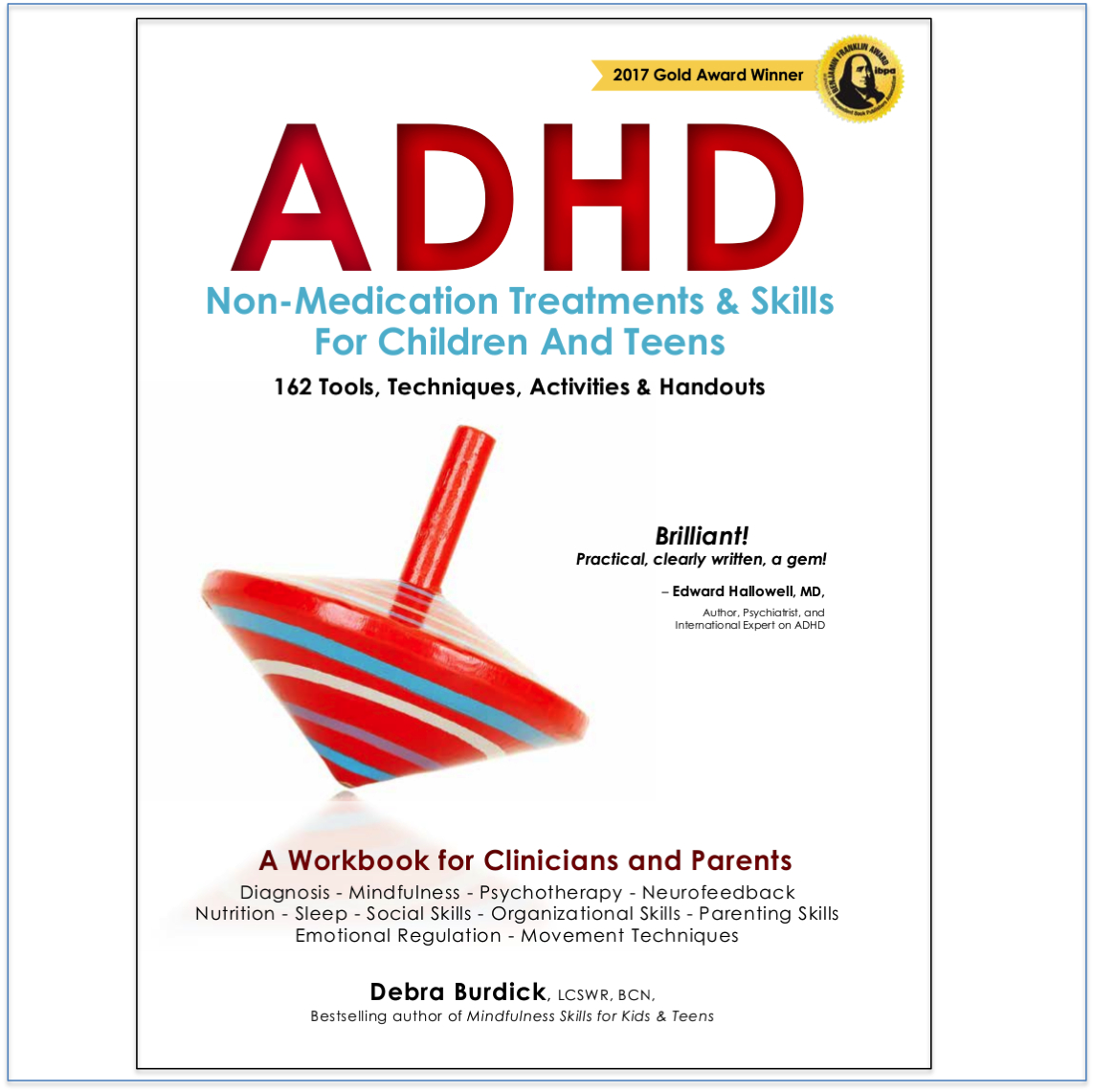
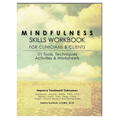
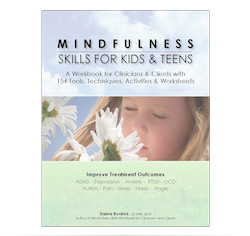
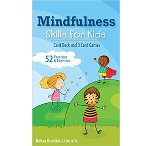
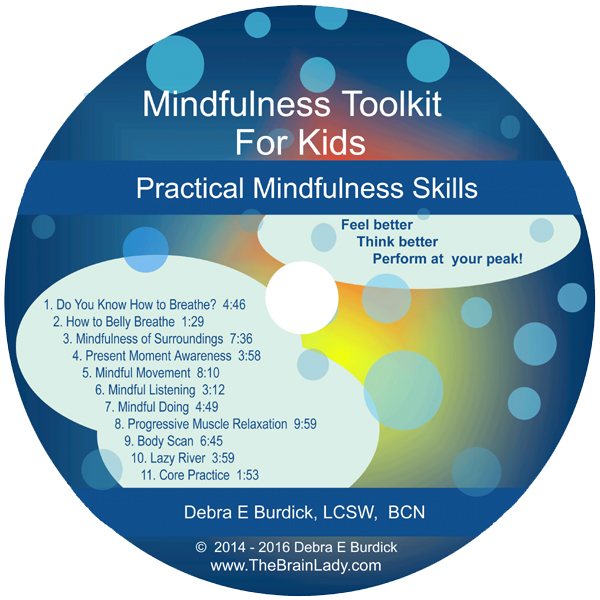
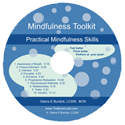
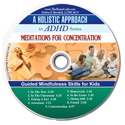
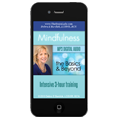
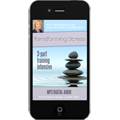
No comments yet. You should be kind and add one!
The comments are closed.